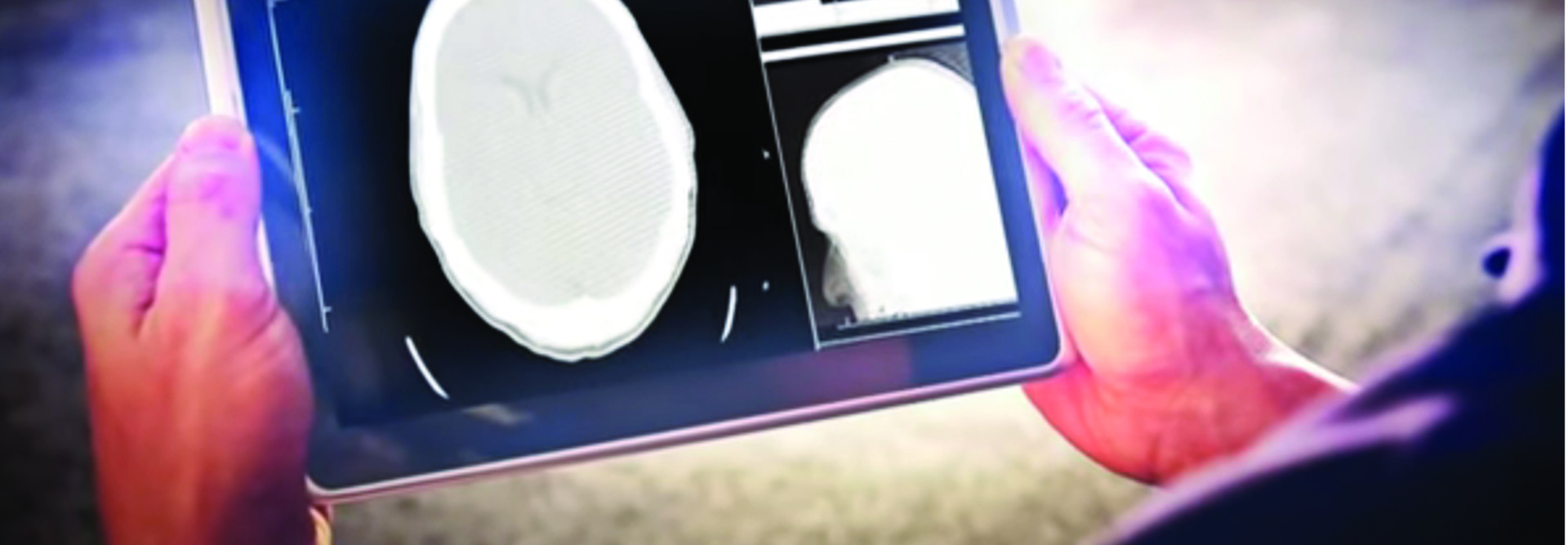When the Veterans Health Administration began its video telehealth program 20 years ago, the goal was to make it simpler for the average vet — who lives more than 90 minutes from the nearest healthcare facility — to get medical treatment.
Now hundreds of thousands of veterans, no matter where they live, are taking advantage of the VA Video Connect program, many inspired by the COVID-19 pandemic and warnings to avoid close contact with others.
In 2019, the year the program was featured in a FedTech “Feds in the Field” video, 1.3 million clinical visits were provided to more than 491,000 veterans via video. As of mid-May 2020, more than 1.6 million clinical visits have been provided to more than 672,000 veterans.
“We’d expected a steady rise,” says Dr. Kevin Galpin, executive director of VHA’s telehealth services. “But not this year — over the next two years.”
The Department of Veterans Affairs' video telehealth program has expanded to include appointments conducted over mobile devices.
VA Meets Demand via Additional Servers and Cloud
The VA Video Connect program, which began in 2017, allows patients to see their doctors from a distance, using their own computers, tablets or smartphones from any location rather than having to travel to a special telehealth center.
Once a patient makes an appointment, VA sends an email with an encrypted link that takes the patient behind the VA firewall to talk to a medical professional.
The sudden influx of patients once the pandemic took hold caused a few hiccups, Galpin says. For instance, the appointment and scheduling system was designed to work in real time: The veteran’s request would go to a on-premises server that would then create the private video room.
As the number of visits in 2020 rose from 41,000 in February to about 137,000 in March and kept ballooning, one thing was clear: “One server was not enough,” Galpin notes. “We had to re-engineer.”
The agency added new nodes and servers to the on-premises environment, and also created a cloud-based server for when those filled, he says. The scheduling system was also adapted so that it could batch visit requests and create the video rooms overnight rather than immediately.
Veterans Who Lack Internet Access Receive Assistance
With those numbers, bandwidth was also a concern. “It was always a concern,” Galpin says. “We updated our bandwidth on the VA side, but our concerns about veterans haven’t changed.”
About 42 percent of rural veterans don’t have internet access capable of supporting telehealth services, according to the VHA’s Office of Rural Health, and many do not own devices that can handle telehealth, either.
The VA’s initiative to close that “digital divide” includes partnerships with telecom providers that allow veterans to use data instead of Wi-Fi for telehealth visits with minimal impact on their data plans; the VA also sends loaner tablets to veterans who don’t have one and who qualify for assistance.
“The IT engineers will just keep increasing capacity so that we can do more as needed,” Galpin says. “The numbers continue to rise. I don’t know where it’s going to stop. We believe this is the new normal.”











